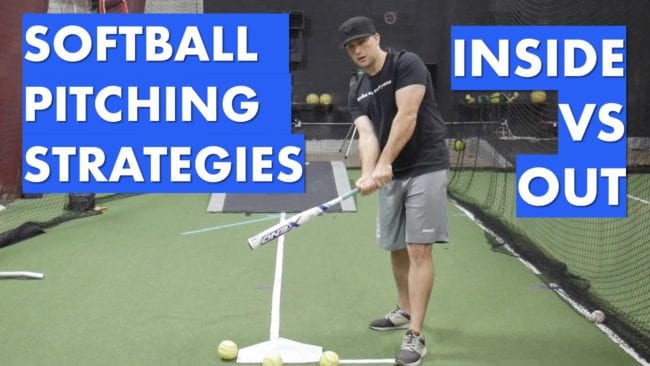*This article may contain product links which pay me a small commission if you make a purchase. Learn more.
Perceived velocity—also known as effective velocity—is a measure of how fast a pitch looks to a hitter, regardless of its actual speed. Learn how in fastpitch, pitchers can use this to their advantage to exploit weaknesses of softball hitters.
Perceived velocity in softball is exactly that—how hard a pitch appears based on factors other than its actual velocity.
Pitchers can use this to their advantage by understanding a few simple truths:
- Pitches inside are effectively faster
- Pitches away are effectively slower
- Pitches up are effectively faster
- Pitches down are effectively slower
Why Pitching Inside Makes Your Riseball Seem Faster
On an inside pitch, the hitter has to react quicker—given the same amount of time—to get her barrel far enough in front of the plate to make hard contact. If the barrel is too “deep” on the plate, she’ll get jammed.
This is a little bit more involved than the “hard-in, soft-away” that most pitchers use when choosing sensible pitch sequences. Listen in below for more, as a written explanation doesn’t quite do this justice!
Watch the Video Below for A Deeper Explanation
Want to Throw a Softball Farther and Harder?
If you’re interested in throwing harder from the field (I specialized in teaching softball players how to throw harder overhand) download my free eBook.
I also offer an extensive online course on throwing that will help any player gain miles per hour and accuracy on her throws. It’s called She’s Got a Cannon and it’s an amazing step-by-step resource for players, parents and coaches.
Good luck this season! – Dan



